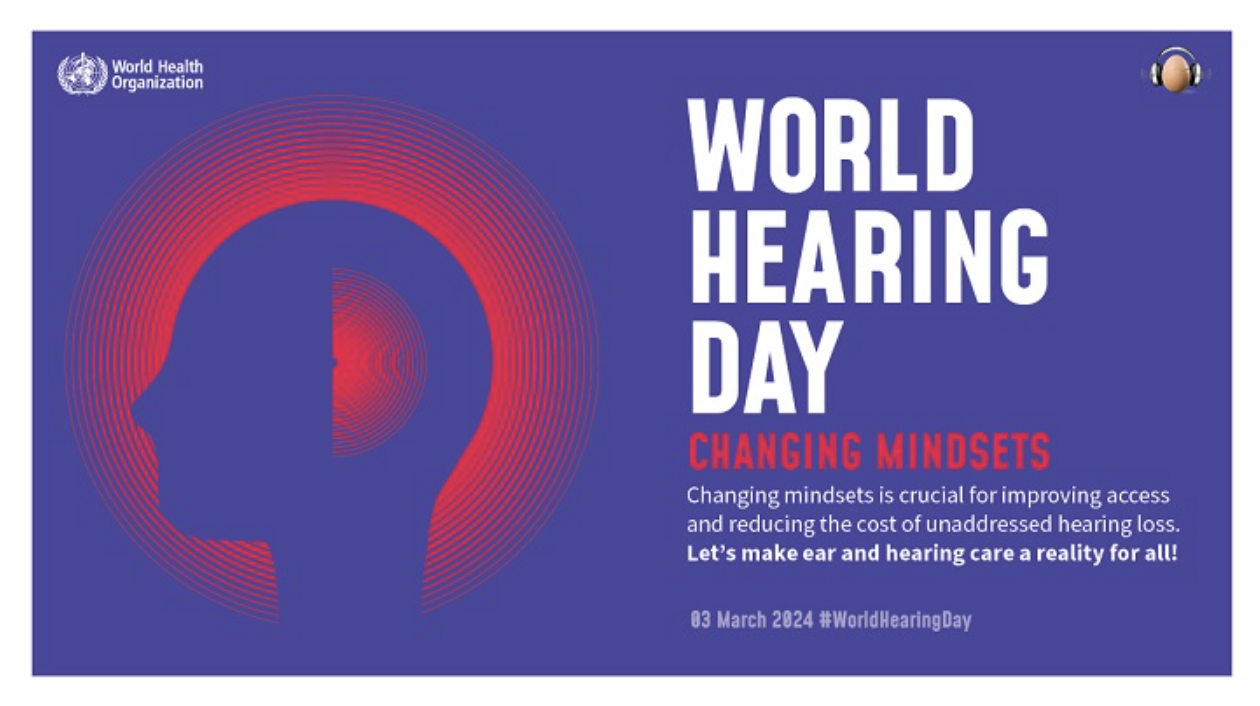
So, you think I have a deaf accent?
October 22, 2018
Professional skier Robin Gillon shares his hearing loss journey
October 25, 2018What it’s like being a player on the US Deaf Women’s National Soccer Team

I was mainstreamed growing up, so the only other people I saw or knew with hearing aids were ‘old’ people.
Until recently, I never really thought there was anyone else like me. Since joining the US Deaf Women’s National Soccer Team (USDWNT), I’ve been exposed to a whole new world. My experiences with the USDWNT, the female side of the USA Deaf Soccer Association, have been nothing short of amazing.
Not your ordinary soccer team
For starters, unlike some deaf soccer teams in other countries, the USADSA is a fully self-funded organization. This means that all camps and tournaments are funded by the players. Due to this, we are at a bit of a disadvantage when it comes to how much time we spend together in preparation for tournaments. Some teams meet multiple times a year or train for a whole month prior to a major tournament. We only meet twice a year, a winter camp and a summer camp. The location where we meet is often reliant on where we can get free field space or discounted hotel rooms. Despite our limited training time, the USDWNT is undefeated and has been since it’s conception in ’99.
Additionally, the staff is completely voluntary. We feel so honored to have former US national team players Amy Griffin and Joy Fawcett as our coaches.We have players ranging from 13-38 years old, so they have a lot of personalities to deal with on and off the field!
All of the above facts alone have broadened my perspective and appreciation for humanity and the determination that lies within people.
Communicating with the team
In soccer, communication is crucial! I remember my coach growing up repeatedly drilled us about communicating with each other. Shout ‘man on’, ‘out wide’, ‘up top’, ‘ball back’, anything so your teammates are aware. There are plays in soccer, but they don’t operate the same way as football where you call out the play in a huddle, making communication fundamental in soccer. I used to have mild freakouts when I lost the ball. My reaction would be to blame it on the fact that I couldn’t always hear someone coming up behind me or someone yelling at me from across the field. I worried my teammates would fault me for that miss.
Read more: How I communicate in sports with hearing loss
With the USDWNT, though, everyone is in the same boat as me. When we train or play, all hearing devices must be removed, so as someone who has grown up being told to talk on the field almost incessantly, this has not been an easy adjustment. Granted, we all still shout on the field even though none of us can hear anything. I am pretty sure our coaches think we’re ridiculous. We all have to adjust and communicate in a different way. The challenge is most certainly not easy, but it helps to know that in this case, I’m not alone!
“With the USDWNT, though, everyone is in the same boat as me.”
A few camps ago, we were playing games against some semi-pro teams, and our coaches asked our opponents and the refs to wear earplugs so that the game might be a little more even when it came to ‘lack of’ verbal communication. I think this experience gave them some insight into our world as they only had positive things to say about our ability to function without hearing.
While we have our struggles, we’re so incredibly lucky to have the opportunity to meet important people and attend special invites through invitation. For example, we walked on the field during half-time of a Seattle Reign game to be recognized as World Champs, and at a Seattle Storm game, we were featured on the jumbotron. Microsoft has hosted us at their campus for training, lunch, and to meet some people who work in a department specifically dedicated to working on bettering the lives of deaf and hard of hearing people.
We’ve had the pleasure of visiting and speaking at schools for deaf and hard of hearing children. We’ve hosted training sessions for kids who wear hearing aids, and we’ve interacted with employees at deaf operated cafes.
As individual team members, we all live completely different lives, attending different schools, working in various career fields, and living in different states, but when we’re together, magic happens! We get to share our experiences with others. We understand each other, most of the time, and we get to explore the world together!
We’re more than a team. We’re family, and being able to represent our country is the absolute coolest and most humbling feeling!
Are you interested in learning more about the USADSA? Get more information here.



